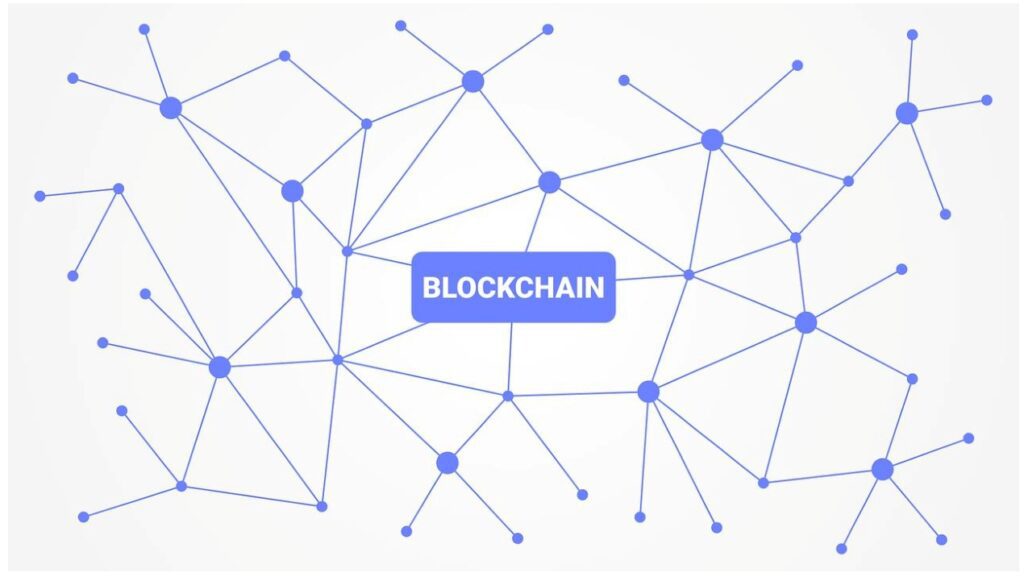Introduction to Creating Products using 3.0
Creating Products using 3.0 the era of the decentralized web, has opened up exciting opportunities for creators, entrepreneurs, and innovators to build products that leverage the power of blockchain technology. This new paradigm emphasizes decentralization, user ownership, and trustless interactions. In this blog, we’ll explore the steps to create a product using Web 3.0 principles, highlighting the key considerations and tools involved.
Creating Products using 3.0 works
-
Idea Generation and Conceptualization
The first step in creating a Web 3.0 product is to develop a clear and innovative idea. Consider how your product can leverage decentralized technologies to solve real-world problems or enhance existing processes. Brainstorm ideas that align with the principles of decentralization, user empowerment, and data ownership.
-
Choose the Right Blockchain Platform
Selecting the appropriate blockchain platform is crucial for your product’s success. Ethereum, Binance Smart Chain, and Polkadot are popular choices with robust ecosystems for building decentralized applications. Consider factors like scalability, community support, development tools, and the type of product you’re building when making your choice.
-
Define Product Features and Use Cases
Outline the features and use cases of your Web 3.0 product. Consider how decentralization can enhance user experience, privacy, security, and ownership. Common features include user-controlled data, transparent transactions, and the use of digital tokens to represent value or access rights.

-
Smart Contract Development
Smart contracts are the building blocks of Web 3.0 applications. These self-executing contracts automate processes and interactions within your product. Solidity is a popular programming language for writing smart contracts on Ethereum, while other platforms have their own languages. Ensure your smart contracts are well-audited for security and functionality.
-
Tokenization and Crowdfunding
Tokenization involves creating digital tokens that represent ownership, value, or access. If your product requires funding, you can consider conducting a token sale (Initial Coin Offering or ICO) to raise funds. This allows early supporters to invest in your project and acquire tokens that may have utility within your product’s ecosystem.
-
Creating Products using 3.0 User-Friendly Interfaces
A user-friendly interface is crucial for attracting and retaining users. Design an intuitive and aesthetically pleasing user interface (UI) that enables easy interaction with your decentralized application. Consider the user journey, onboarding process, and the integration of blockchain interactions in a seamless manner.
-
Testing and Security
Thoroughly test your product in different scenarios to identify and fix potential vulnerabilities. Security is paramount in the Web 3.0 space due to the irreversible nature of transactions. Conduct regular audits of your smart contracts and seek the expertise of security professionals to ensure your product is robust and secure.
-
Deployment and Launch
Deploy your smart contracts and application on the chosen blockchain platform. Ensure that your product is well-documented, and provide clear instructions for users. Consider running a beta test to gather user feedback and make necessary improvements before the official launch.
-
Community Building and Engagement
Building a strong community around your Web 3.0 product is essential for its success. Engage with users, respond to their feedback, and incorporate their suggestions. Consider creating social media channels, forums, and newsletters to keep your community informed and engaged.
-
Continuous Improvement and Iteration
Web 3.0 is a rapidly evolving space. Keep up with the latest developments, updates, and improvements in blockchain technology. Continuously iterate on your product to enhance its features, security, and user experience.
Conclusion of Creating Products using 3.0
Creating a product using Web 3.0 technologies offers a unique opportunity to revolutionize industries, empower users, and redefine the way we interact with digital products. By following these steps and embracing the principles of decentralization, data ownership, and trustlessness, you can embark on a journey to build innovative and impactful products that thrive in the era of the decentralized web.





